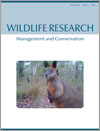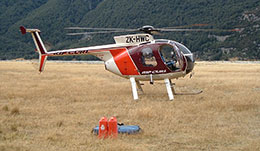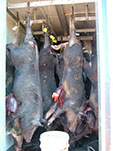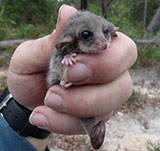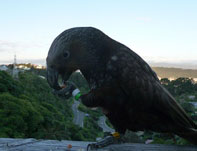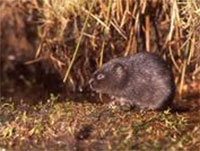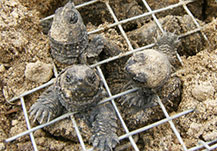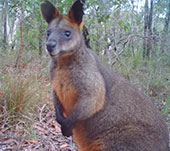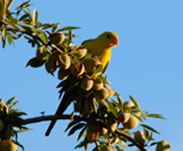WR12218Nocturnal distance sampling of a Mediterranean population of fallow deer is consistent with population projections
Providing precise and accurate population estimates of wildlife populations remains an open problem in wildlife science, quite relevant for research, management and conservation. We used distance sampling and nocturnal detections by thermal imagery to monitor a fallow deer population and compared results with demographic projections. Nocturnal distance sampling provided precise, accurate and consistent population estimates and we showed that the proposed survey design met methodological assumptions. We provide evidence that nocturnal distance sampling represents a cost-effective method for monitoring large herbivores in forest habitats.


